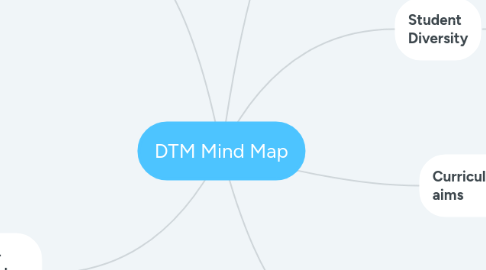
1. Cross - Curriculum priorities
1.1. Aboriginal and Torres Straight Islander histories and cultures.
1.2. Asia and Australia's engagement with Asia
1.3. Sustainability
2. Content
2.1. Design Technologies
2.1.1. Knowledge and understanding:
2.1.1.1. Technologies and Society
2.1.1.2. Technologies and contexts
2.1.1.3. Engineering principles and systems
2.1.1.4. Food and fibre production
2.1.1.5. Food specialisations
2.1.1.6. Materials and technologies specialisations
2.1.2. Processes and production skills/creating solutions by:
2.1.2.1. Investigating and defining
2.1.2.2. Designing
2.1.2.3. Producing and implementing
2.1.2.4. Evaluating
2.1.2.5. Collaborating and managing
2.2. Digital Technologies
2.2.1. Knowledge and understanding:
2.2.1.1. Digital systems
2.2.1.2. Representations of data
2.2.2. Processes and production skills:
2.2.2.1. Collecting managing and analysing data
2.2.2.2. Digital implementation
2.2.3. Creating solutions by:
2.2.3.1. Investigating and defining
2.2.3.2. Designing
2.2.3.3. Producing and implementing
2.2.3.4. Evaluating
2.2.3.5. Collaborating and managing
3. Curriculum aims
3.1. The aim of the West Australian Curriculum Technologies is to develop students knowledge, understanding and skills. To ensure that students are able to individually and collaboratively design, use and apply a range of technologies.
4. Bands and Achievement Standards
4.1. Achievement standards indicate the quality of learning that students should typically demonstrate by a particular point in their schooling. An achievement standard describes the quality of learning that would indicate the student is well-placed to commence the learning required at the next level of achievement.
4.2. The Achievement standards cover the bands: Foundation to Year 10.
5. Student Diversity
5.1. The West Australian Curriculum provides teachers with scaffolding to accommodate all learning types and abilities. The three-dimensional design of the Western Australian Curriculum, comprising of different links and areas, allows Teachers to access support easily when catering for all students.
5.1.1. Students with disabilities
5.1.2. Gifted and talented students
5.1.3. English as a additional language or dialect
